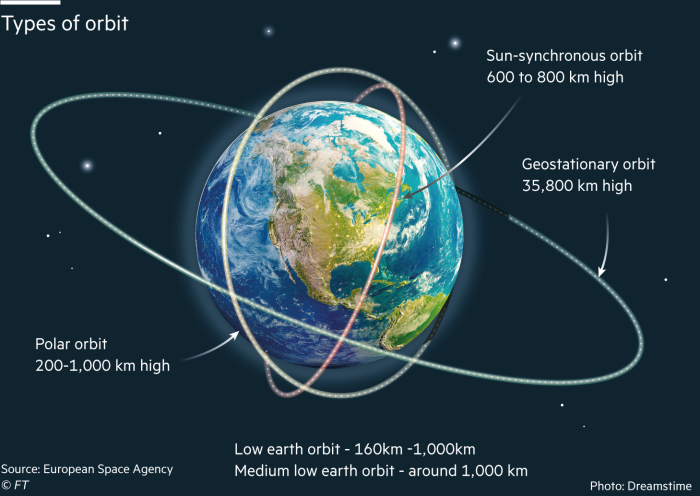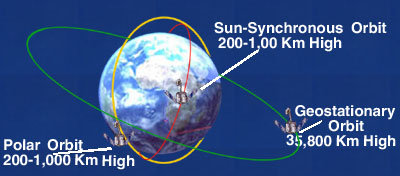Cartosat-3 Mission/ PSLV-C47 – Indian Space Research Organisation 28/11/2019 – Posted in: Daily News – Tags: Geostationary transfer orbit, GSLV, ISRO, PSLV, Sun-Synchronous Orbit

CARTOSAT-3 MISSION Image: Times of India
Cartosat-3 Mission
For: Preliminary & Mains
Topics covered:
- About CARTOSAT-3 Mission
- About Polar Satellite Launch Vehicle
- About Sun-synchronous orbit
- About Geostationary transfer orbit
News Flash
The ISRO successfully launched advanced earth imaging and mapping satellite CARTOSAT-3 and 13 other nano-satellites from Satish Dhawan Space Centre, Sriharikota.
The PSLV-C47 carried the CARTOSAT-3 satellite along with the other commercial nano-satellites for the United States. These satellites were launched under commercial arrangement with NewSpace India Limited (NSIL), the commercial arm of the Indian Space Research Organisation (ISRO).
CARTOSAT-3, India’s most complex and advanced earth imaging satellite built so far, was placed into orbit.
CARTOSAT-3
- CARTOSAT-3 is a third-generation agile satellite with high-resolution imaging capabilities.
- The satellite will replace the Indian Remote Sensing series (IRS).
- The CARTOSAT-3 has a panchromatic resolution of 0.25 metres, which helps it conduct satellite imaging with the highest resolution.
- The CARTOSAT-3 will address the increased user demand for large-scale urban planning, rural resource and infrastructure development, coastal land use and land cover.
- According to ISRO, the mission life of CARTOSAT-3 would be for five years.
PSLV
- Polar Satellite Launch Vehicle (PSLV) is an expendable medium-lift launch vehicle designed and operated by the Indian Space Research Organisation (ISRO).
- PSLV is the third generation launch vehicle of India. It is the first Indian launch vehicle to be equipped with liquid stages.
- PSLV earned its title ‘the Workhorse of ISRO’.
- It was developed to allow India to launch its Indian Remote Sensing (IRS) satellites into sun-synchronous orbits. PSLV can also launch small size satellites into Geostationary Transfer Orbit (GTO).
Sun-synchronous orbit
- A Sun-synchronous orbit (SSO) or a heliosynchronous orbit, is a nearly polar orbit around a planet, in which the satellite passes over any given point of the planet’s surface at the same local mean solar time.
- A Sun-synchronous orbit can place a satellite in constant sunlight, which allows the solar panels to work continuously. This orbit is also useful for imaging, spy, and weather satellites.

Sun-Synchronous Orbit Image: European Space Agency
Geostationary transfer orbit
- A geosynchronous transfer orbit or geostationary transfer orbit (GTO) is a Hohmann transfer orbit—an elliptical orbit used to transfer between two circular orbits of different radii in the same plane—used to reach geosynchronous or geostationary orbit using high-thrust chemical engines.
- Geosynchronous orbits (GSO) are useful for various civilian and military purposes.

Geostationary Transfer Orbit
Source: India Today
READ MORE DAILY NEWS
- Silver-backed chevrotain/ Vietnamese mouse deer
- Plants’ DNA may lead to slowing ageing process in humans
- The Dadra and Nagar Haveli and Daman and Diu (Merger of Union Territories) Bill, 2019
- 70th Constitution Day
- Transgender Persons (Protection of Rights) Bill, 2019
- National Institute of Design (Amendment) Bill, 2019
- Rule 12 of the government of India (Transaction of Business) Rules, 1961
- Wooden Breast Syndrome
- Golden Rice
- General Security of Military Information Agreement (GSOMIA)
You are on the Best Online IAS preparation platform. You are learning under experts.
We are present on Facebook- Diligent IAS, LinkedIn- Diligent IAS, YouTube- Diligent IAS, Instagram- Diligent IAS. Get in touch with us.
